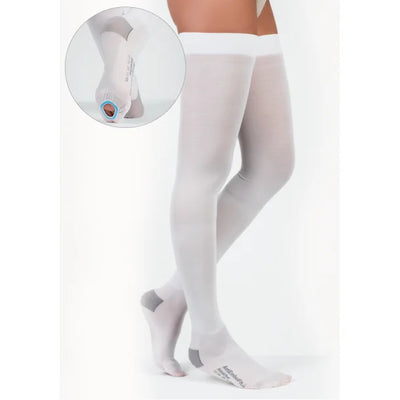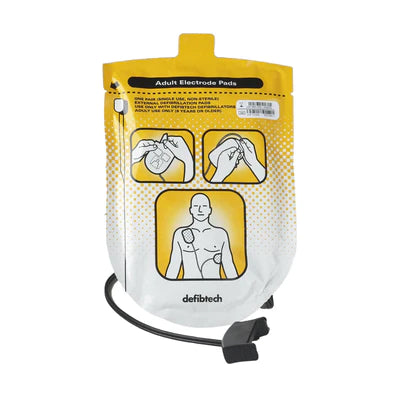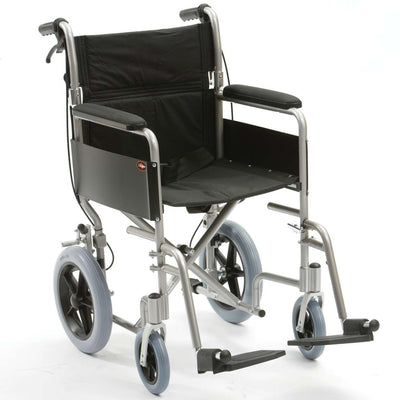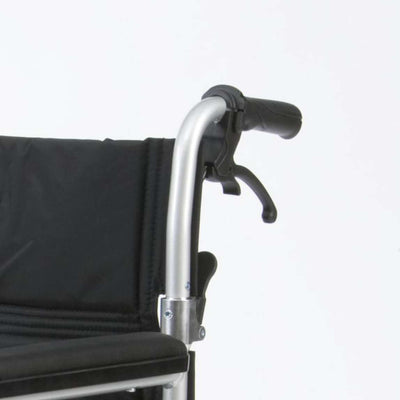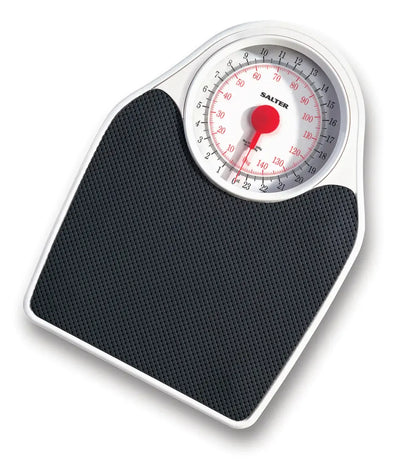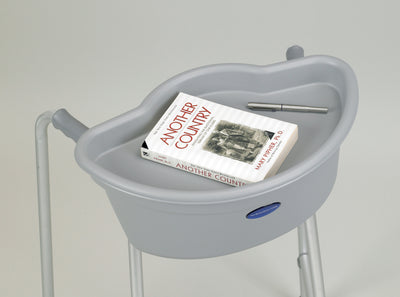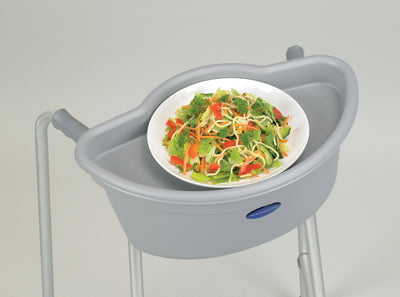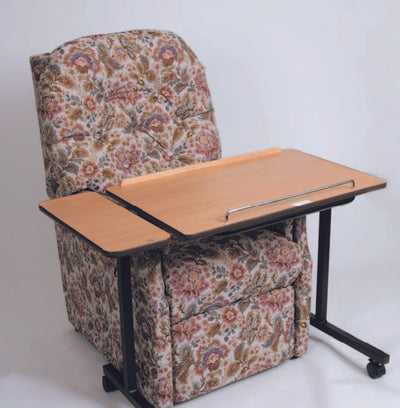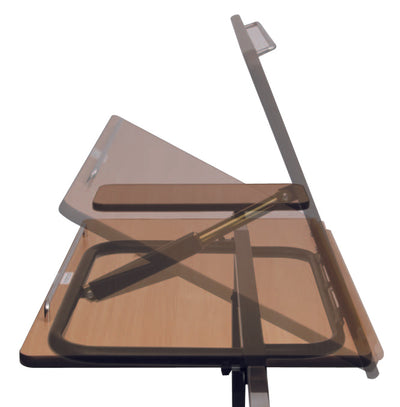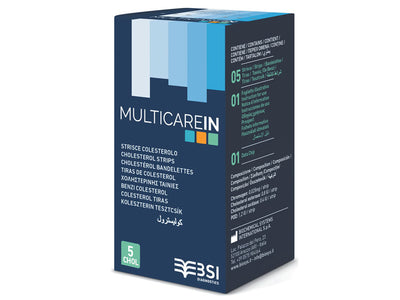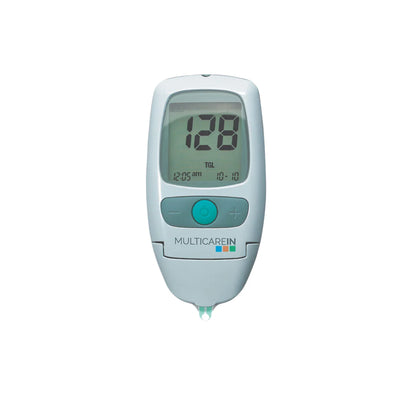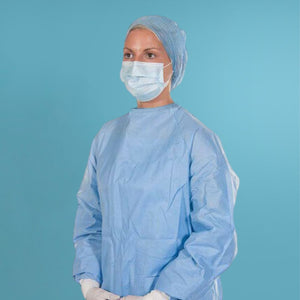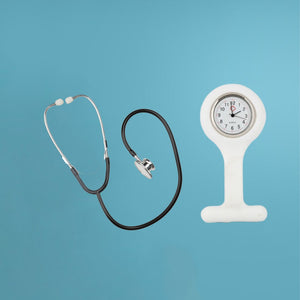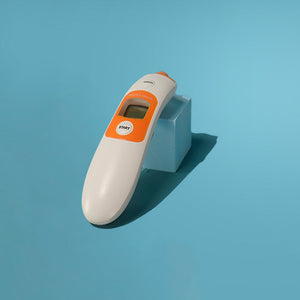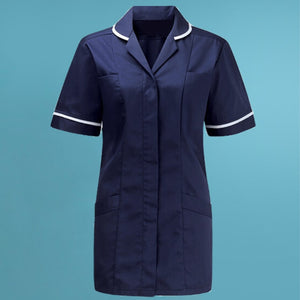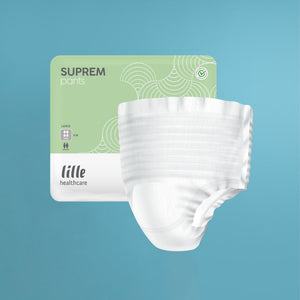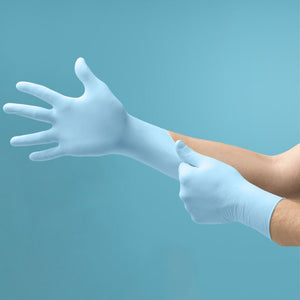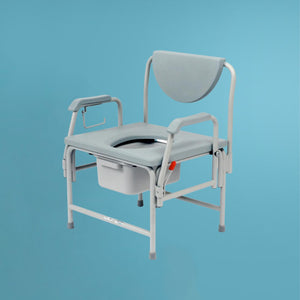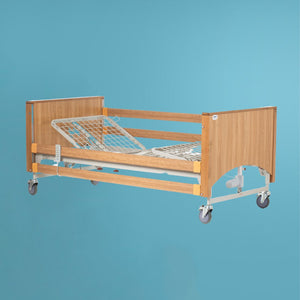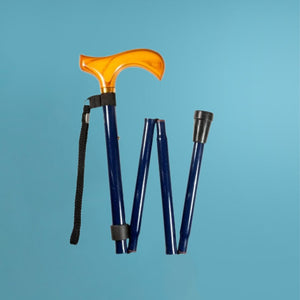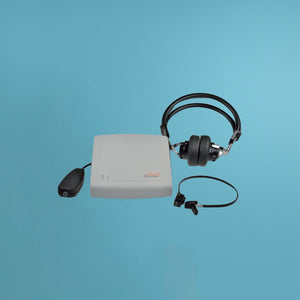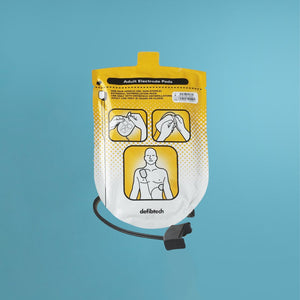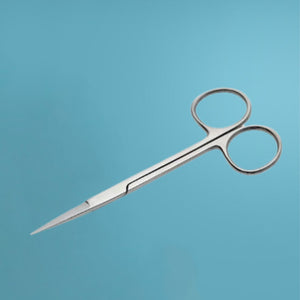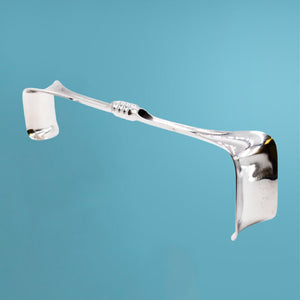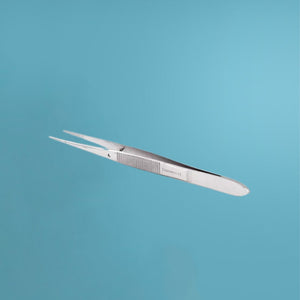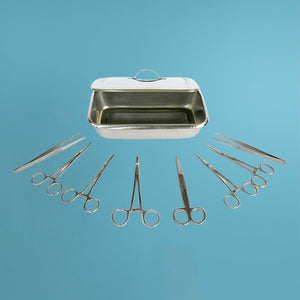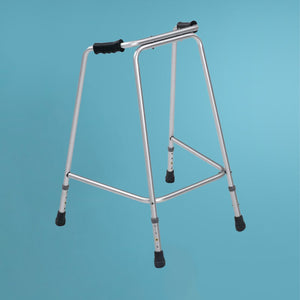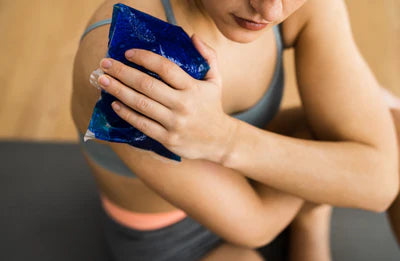When you’ve suffered an injury or are struggling with aching joints and muscles you might want to reach for a hot or cold pack to help ease the symptoms at home. But, knowing which treatment is best- hot or cold - depends on the type of injury you have and the effect you’re looking for from the hot/cold pack.
Hot Packs
Hot packs are best used for treating stiff joints, chronic muscles or joint pain in conditions that are long-lasting. Heat treatment is best used 48 hours after an injury is sustained.
But why?
Well, heat therapy works by increasing the circulation around the injured or painful area, helping to relax tight muscles or improve the flexibility and movement of the area.
Applying heat helps muscles to relax, eases tension, improves flexibility, and helps to increase circulation. By applying a hot pack to a tight/tense muscle, you can help to ease tension and improve comfort in this area. While heat can play a role in decreasing tension, it can also cause a body part that is swollen to become more swollen by increasing circulation to the area.
If you apply a heat pack to an area you will quickly see it becoming more red. Thankfully this is not because it’s becoming more painful, but because the heat has encouraged an increased flow of blood and the opening up of the blood vessels. As the blood flow increases, it carries a greater volume of oxygen and nutrients to the affected area, helping to improve ease of movement and reduce the pain, spasms or stiffness in joints, muscles, ligaments and tendons.
Don’t apply heat treatment to a new injury or on an existing one that has recently been aggravated and flared up. If there is swelling, redness or an open wound do not use heat treatment until at least 48 hours after the event. Use cold treatment first, then apply a hot pack when the inflammation has settled down.
Cold Packs
Cold Packs are best used for sprains, strains, bumps, and bruises. Using a cold pack immediately after an injury has happened when there might be sudden swelling, bruising, redness or heat in the area can work effectively to limit longer-lasting symptoms and issues.
Why?
Cold therapy works in the opposite way to heat by slowing down the blood flow to the affected area, decreasing the skin temperature and slowing down the metabolism. The aim with cold therapy is to quickly treat and stop any damage to the tissue.
As well as reducing swelling, Cold packs or ice packs also numb the affected area and reduce the intensity of pain. Cold therapy slows the transmission of the nerve signals that carry pain stimulus to the brain. Ice or cold therapy can slow down the pain receptors and remove the need for painkillers. If properly administered, they’re also free from most allergies or side effects found in pain-killing medicines.
Cold packs can also be used for migraines, tendonitis, dental pain, carpal tunnel and some of the symptoms associated with plantar fasciitis and arthritis.
How to use a Hot or Cold Pack
Once you’ve established which therapy is best to use, apply the hot or cold pack to the affected area and hold for 10 - 20 minutes. Repeat the treatment 3-4 times per day.
If you’re treating an acute or new injury you might benefit from initially using a cold pack to reduce the swelling then switching to a hot pack to increase the healing properties of extra blood flow to the area.
Similarly, if you’re treating with hot therapy you might want to alternate between a hot pack and a cold pack to reduce the inflammation at the end of the hot pack treatment.
Always take care not to burn your skin when using a pack - cold packs can burn too - so wrap a layer of fabric (a clean tea towel works well) around the pack to prevent harm to the skin.
Finally
If it’s acute, swollen and red - use a COLD PACK
If it’s tight, stiff or tense (and not within 48 hours of injury) - us a HOT PACK
Need more help? We're always here to help so get in touch today.
For all your Medical and Homecare supplies give us a call at Mediworld.
We have over 40 years experience in medical, surgical, mobility and home health supplies and we're always on hand to chat if you need support or advice and don't forget to read our other great health blogs!
November 2022

